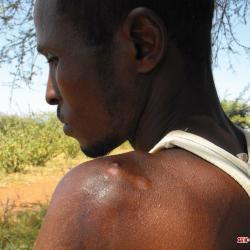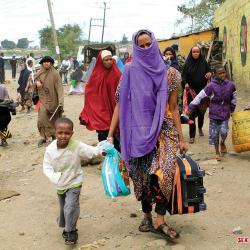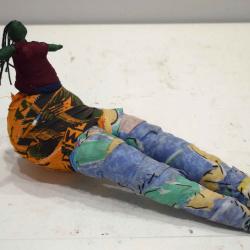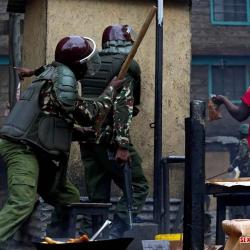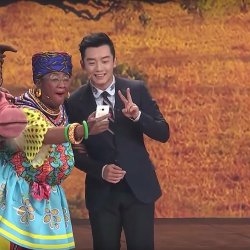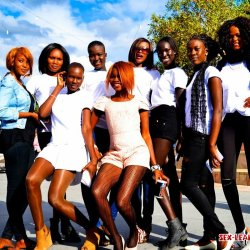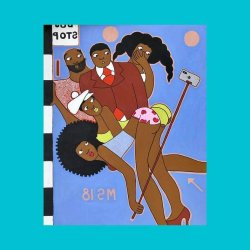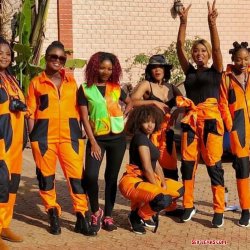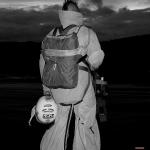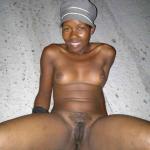This is a wonderful African Kenya Cloth Female Handmade Folk Art Doll in Bright Yellow and Green Animal Print Fabric. The doll is very unique in design and is one of a kind. This doll has so much personality and would be fabulous on a desk or bookshelves.Shows age and Natural Wear12 Inches Long3.5
Having big buttocks in Africa is seen as a blessing, and being light skinned is just a plus or an added advantage. African men adore and love women with big buttocks and our well-endowed socialites are a great example. Everyone wants to have a piece of them. They are always breaking necks whenever they step out. They are the envy of the town. Every woman wants to be like them and that’s why some of the Kenyan women are using all means just to get that desired fine figure and big buttocks.
She has a massive a**. Her big buttocks made her popular.
Ivory Coast-born Eudoxie Yao claims to have the biggest butt in the whole of West Africa.
Celebrities like Kim Kardashian have given a whole new meaning to big backsides and curves. But just because she has the most famous butt in the world doesn’t mean that it’s the best and only celebrity curvy-butt. In recent years, Africa entertainment industry has seen rising number of stunning figures in
A woman with crazy hips is a whole mood. Another with both wider hips and
And as she enjoyed her spot in the limelight, a newcomer in the name of Corazon Kwamboka made her debut, also through the Pulse cover girl page. The voluptuous University of Nairobi Law student who is endowed with a curvaceous and sexually attractive figure, complete with er hips, has since stolen the show with hundreds of her admirers going gaga about her derriere.
And it is this new curvaceous girl trend in town that has every girl doing whatever it takes to develop her own as men too switch from the stereotyped model slim girl who was the hit some few years ago.
This report documents the abusive response of the Kenyan military and police to attacks in North Eastern province by militants suspected of being linked to al-Shabaab, a Somali Islamist armed movement that has been fighting Somalia’s Transitional Federal Government since 2007. The incident described above is part of a pattern of violent and indiscriminate responses by the Kenyan military and police to suspected militant attacks between November 2011 and March 2012—responses that have involved arbitrarily rounding up large numbers of ethnic Somali Kenyans and Somali refugees and subjecting them in some cases to severe mistreatment.
The s documented in this report took place in Garissa, Wajir, and Mandera, as well as in the Somali refugee camps in Dadaab, in Kenya’s North Eastern province. The s include and attempted sexual assault; beatings; arbitrary detention; extortion; the looting and destruction of property; and various forms of physical mistreatment and deliberate humiliation, such as forcing victims to sit in water, to roll on the ground in the sun, or to carry heavy loads for extended periods. Of particular concern is the report’s finding that the Kenyan military has detained scores of civilians, despite the fact that it has no legal authority to do so.
In the most serious incident, in December 2011, Kenyan police responded to two attacks by suspected militants targeting Kenyan security officials in Dadaab by brutally beating scores of refugees. Police also d and attempted to sexually assault several women in Dadaab. Faartun N. told Human Rights Watch,



